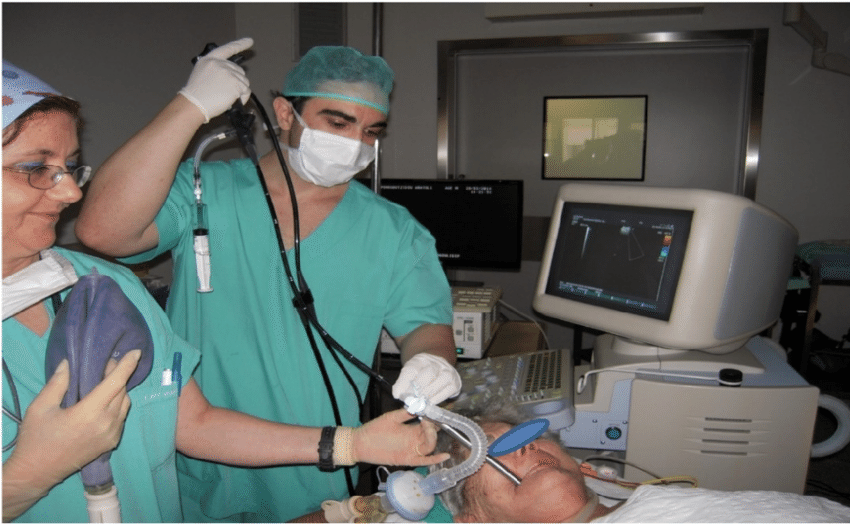What is a Rigid Bronchoscopy?
Rigid bronchoscopy is a treatment that allows your physician to look inside your lung air passages using a bronchoscope, a tube with a camera. The bronchoscope is positioned in your nose or mouth and relocated down your throat as well as trachea, or windpipe, into your air passages.
Throughout your inflexible bronchoscopy, your physician can:
- Control any kind of bleeding you have.
- Eliminate points that shouldn’t be in your lungs, such as pills or food.
- Minimize the dimension of growth.
- Place a stent, a hollow tube that keeps your respiratory tract open. If you need a stent, checked out the resource Bronchial or Tracheal Stent Positioning. You can locate it online or ask your doctor for a copy.
- Take tissue samples or take biopsies, if required.
Ensure to inform your medical professional prior to your treatment if you have any of the following:
- Neck or head issues, such as dental issues or stiffness
- Rheumatoid joint inflammation, a condition that causes puffy as well as agonizing joints
- Radiation or surgical treatment on your neck or head
Regarding consumption of alcohol
- The quantity of alcohol you drink can influence you during and after your procedure. It is necessary to talk with your healthcare providers regarding how much alcohol you consume. This will assist us to plan your care.
- If you quit drinking alcohol all of a sudden, it can create ecstasy, seizures, as well as fatality. If healthcare professionals know you’re at threat for these problems, they can prescribe medications to help maintain them from taking place.
- If you consume alcohol routinely, you may go into danger for other complications throughout and after your procedure. These include blood loss, heart issues, infections, as well as a longer healthcare facility keep.
Below are points you can do prior to your procedure to avoid having troubles:
- Be honest with your healthcare providers concerning how much alcohol you consume.
- Tell your doctor if you can’t stop alcohol consumption.
- Attempt to stop consuming alcohol as soon as your treatment is intended. If you create a migraine, boosted anxiety, nausea or vomiting, or cannot rest after you quit consuming alcohol, inform your healthcare provider right away. These are early indicators of alcohol withdrawal and can be treated.
- Ask your doctor questions concerning alcohol consumption and your procedure. As always, all of your clinical information will be kept confidential.


